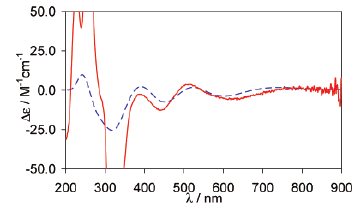-
Ionization Energies for the Actinide Mono- and Dioxides Series, from Th to Cm: Theory versus Experiment
I. Infante, A. Kovacs, G. La Macchia, A.R.M. Shahi, J.K. Gibson and L. Gagliardi
Journal of Physical Chemistry A, 114 (19) (2010), p6007-6015


DOI:10.1021/jp1016328 | unige:14774 | Abstract | Article HTML | Article PDF

The results of a computational study with multiconfigurational quantum chemical methods on actinide monoxides (AnO) and dioxides (AnO2) for An = Th, Pa, U, Np, Pu, Am, and Cm, are presented. First and second ionization energies were determined and compared with experimental values, when available. The trend along the series is analyzed in terms of the electronic configurations of the various species. The agreement with experiment is excellent in most cases. Of particular interest is the first ionization of PuO2. We applied cutting-edge theoretical methods to refine the ionization energy, but our computed data fall in the range of ~6 eV and not in the ~7 eV region as the experiment dictates. Such a system requires further computational and experimental attention.

